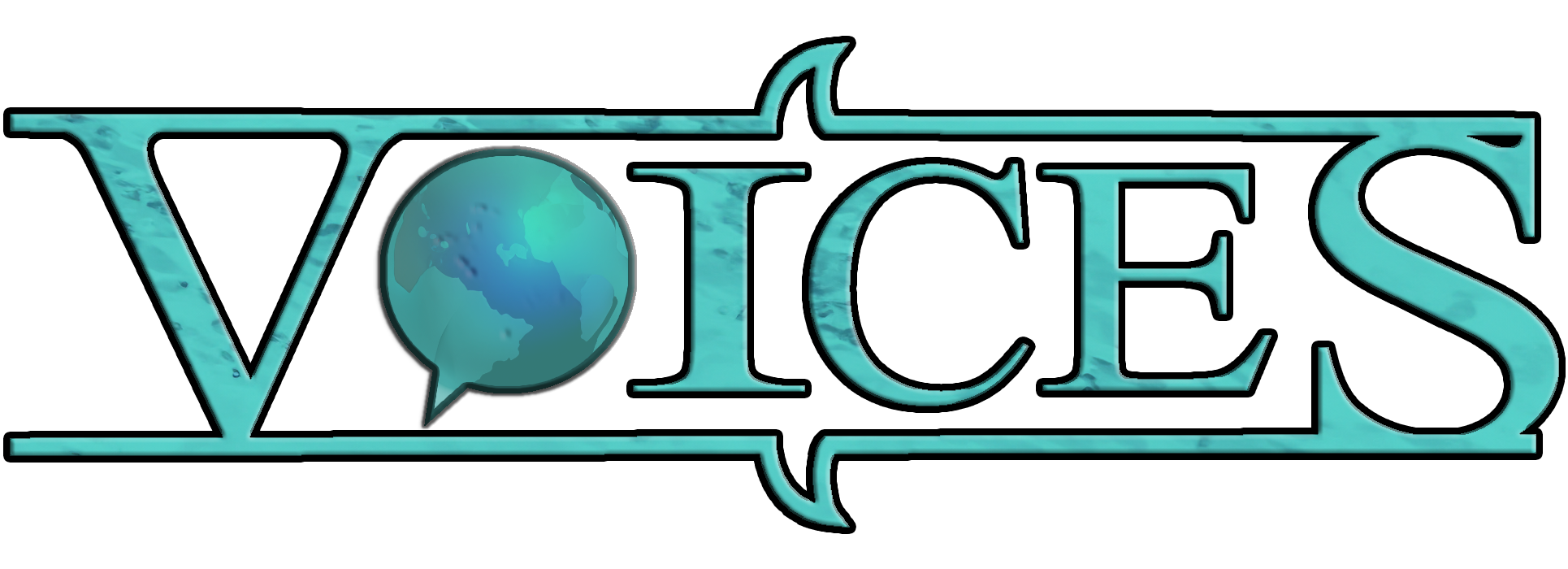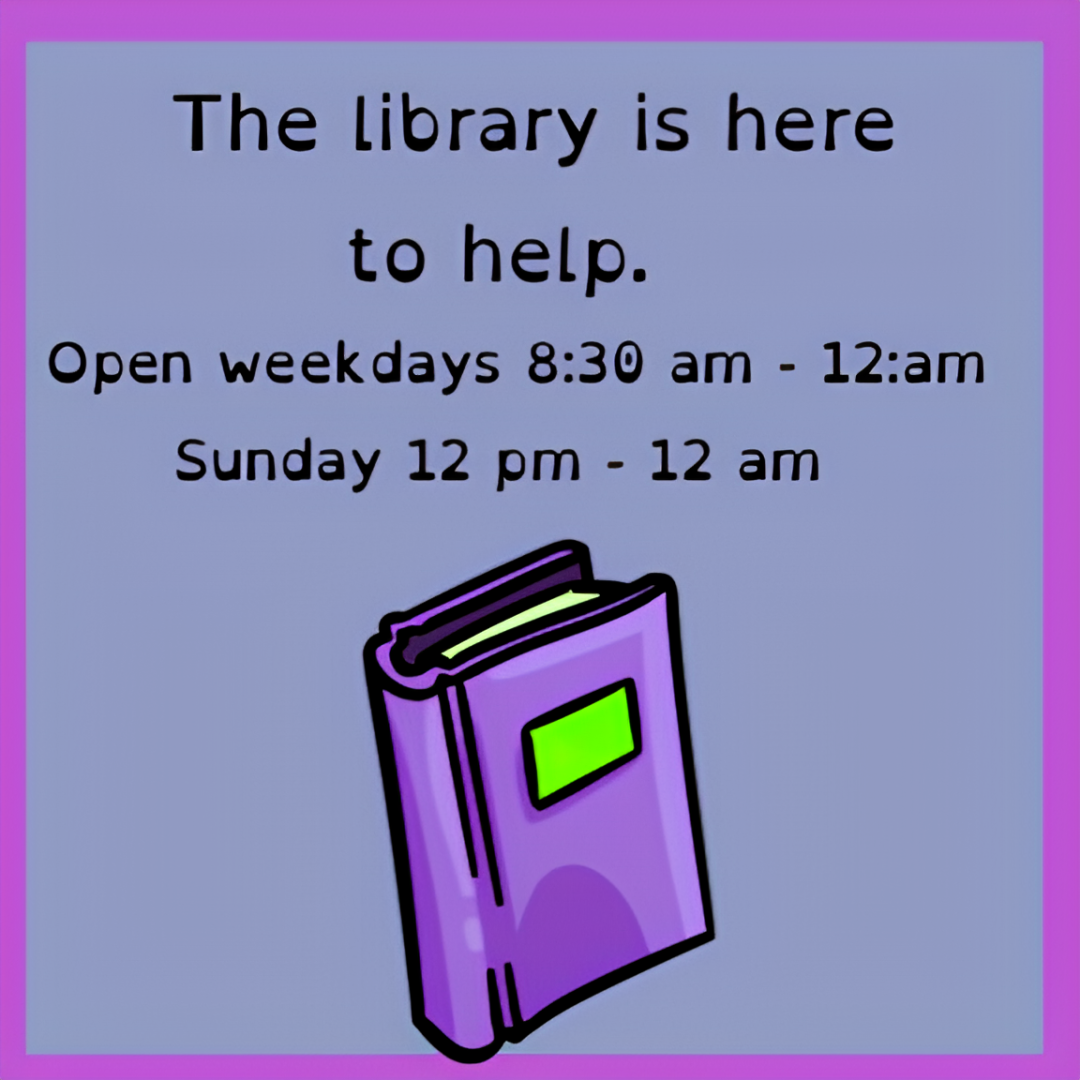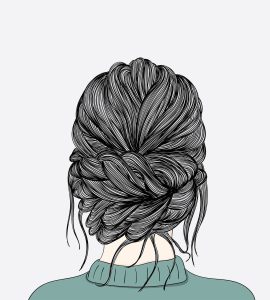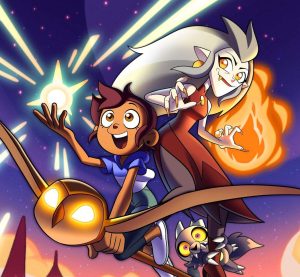Neurodiversity Spotlight: New York’s Neurodiversity Flag Contest
November 2, 2022
Neurodiversity Spotlight: New York’s Neurodiversity Flag Contest
Overview of Neurodiverse Pride and Symbolism
New York State’s Office for People with Developmental Disabilities is holding a contest to design and vote on a flag to represent neurodiversity in the state of New York. Forty different designs have been submitted to the NYS Autism Spectrum Disorder Advisory Board that can be voted on until November 30th, 2022, at pm. Each flag proposal has a description from the designer explaining the symbolism in their flag. The new flag design will be announced at the Advisory Board meeting on December 6th, 2022.
Besides the state of New York, you may not know there is an official Disability Pride Flag which just got re-designed last year. The original flag, created by Ann Magill in 2019, featured colored zig zags to represent navigating barriers disabled people often face. Magill re-designed the flag in 2021 because the zig zags would worsen symptoms for people with seizure and migraine disorders. 
New York State’s Office for People with Developmental Disabilities is holding a contest to design and vote on a flag to represent neurodiversity in the state of New York. Forty different designs have been submitted to the NYS Autism Spectrum Disorder Advisory Board that can be voted on until November 30th, 2022, at pm. Each flag proposal has a description from the designer explaining the symbolism in their flag. The new flag design will be announced at the Advisory Board meeting on December 6th, 2022.
Besides the state of New York, you may not know there is an official Disability Pride Flag which just got re-designed last year. The original flag, created by Ann Magill in 2019, featured colored zig zags to represent navigating barriers disabled people often face. Magill re-designed the flag in 2021 because the zig zags would worsen symptoms for people with seizure and migraine disorders. The zig zags were replaced by parallel stripes to stand for intracommunal solidarity. The flag’s colors symbolize varying types of disabilities, red for physical, gold for cognitive and intellectual, white for invisible and undiagnosed, blue for psychiatric, and green for sensory. The flag’s black background symbolizes mourning of those who died from negligence, suicide, rebellion, illness, and eugenics.
Neurodiversity pride and symbolism has evolved throughout the years. The official symbol of neurodiversity, a rainbow-colored infinity sign on a white background, was originally used in the Autistic community as a response to the controversial puzzle piece symbol. The puzzle piece is considered offensive to some autistic people for the misconception of being missing pieces or unsolved puzzles waiting to become whole people. Similar to the LGBTQ+ pride flag, a rainbow is used symbolize diversity in the Autistic community but is now more widely used to represent the larger neurodiverse community beyond just autism.

Another similarity to the LGBTQ+ community is Neurodiversity Pride Day which is held on June 16th and is now recognized in the UN World Calendar. 2023 will be the 6th year of the event which was originally endorsed by Autistic Pride organizers but now has a day of its own. The purpose of this event is for neurodivergents and neurotypical allies to celebrate uniqueness, acceptance, and appreciation of neurodiversity.
Events like this as well as symbols and flags, inspire pride and confidence of being neurodiverse. They serve as a statement that society recognizes contributions of neurodiverse people. Disability Pride Month in July was made to promote asserting identity, listening to disabled voices, and advocating for appropriate accommodations. It also addresses the obstacles of stigma, shame, inaccessibility, and ableism. On the other hand, Neurodiversity Pride Day is focused almost entirely on positivity and celebration and prohibits discrimination and sad stories. Though they may have different attitudes and use of language, they both promote visibility and acceptance which is the want for every historically oppressed minority.
The zig zags were replaced by parallel stripes to stand for intracommunal solidarity. The flag’s colors symbolize varying types of disabilities, red for physical, gold for cognitive and intellectual, white for invisible and undiagnosed, blue for psychiatric, and green for sensory. The flag’s black background symbolizes mourning of those who died from negligence, suicide, rebellion, illness, and eugenics.
Neurodiversity pride and symbolism has evolved throughout the years. The official symbol of neurodiversity, a rainbow-colored infinity sign on a white background, was originally used in the Autistic community as a response to the controversial puzzle piece symbol. The puzzle piece is considered offensive to some autistic people for the misconception of being missing pieces or unsolved puzzles waiting to become whole people. Similar to the LGBTQ+ pride flag, a rainbow is used symbolize diversity in the Autistic community but is now more widely used to represent the larger neurodiverse community beyond just autism.
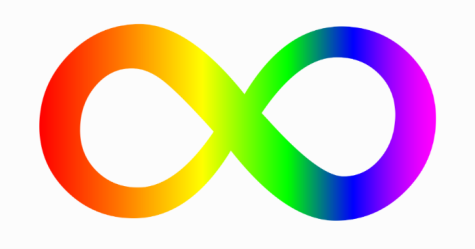
Another similarity to the LGBTQ+ community is Neurodiversity Pride Day which is held on June 16th and is now recognized in the UN World Calendar. 2023 will be the 6th year of the event which was originally endorsed by Autistic Pride organizers but now has a day of its own. The purpose of this event is for neurodivergents and neurotypical allies to celebrate uniqueness, acceptance, and appreciation of neurodiversity.
Events like this as well as symbols and flags, inspire pride and confidence of being neurodiverse. They serve as a statement that society recognizes contributions of neurodiverse people. Disability Pride Month in July was made to promote asserting identity, listening to disabled voices, and advocating for appropriate accommodations. It also addresses the obstacles of stigma, shame, inaccessibility, and ableism. On the other hand, Neurodiversity Pride Day is focused almost entirely on positivity and celebration and prohibits discrimination and sad stories. Though they may have different attitudes and use of language, they both promote visibility and acceptance which is the want for every historically oppressed minority.
